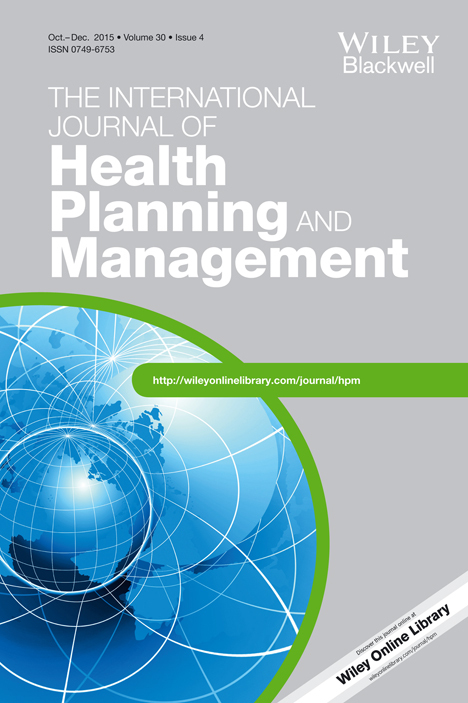Evolving social health scheme for workers in unorganized sector: key evidences from study of cycle rickshaw pullers in Delhi, India
Abstract
Background
In view of high out-of-pocket costs and low spending even for basic healthcare for the poor employed in the unorganized sector, policy makers in India have turned their attention to developing a financing mechanism for social health insurance with the desire to provide quality care to the poor and economically disadvantaged.
Objectives
This study aims to assess and determine the disease profile, treatment expenditure and willingness to pay for health insurance among rickshaw pullers in Delhi.
Methods
The study was conducted among 500 rickshaw pullers from five zones of the Municipal Corporation of Delhi, taking a sample of 100 from each zone.
Results
The average cost of treatment was Rs.505 for outpatient and Rs. 3200 for inpatient care. To finance the treatment expenditure, 27.5% of the respondents spent from their household savings, and 43% had to borrow funds. Any “spell of sickness” and “total expenditure on acute illness” were significantly (p < 0.01) associated with the willingness to pay for health insurance. Overall, the majority (83%) of participants were willing to pay for health insurance.
Conclusion
The study provides the evidence for the need for urgent policy development by introducing a social health insurance package including wage losses for the vulnerable groups such as rickshaw pullers in the unorganized sector in India, which significantly contribute to pollution free and cheap transportation of community, tourists and commercial goods as well. Copyright © 2014 John Wiley & Sons, Ltd.




